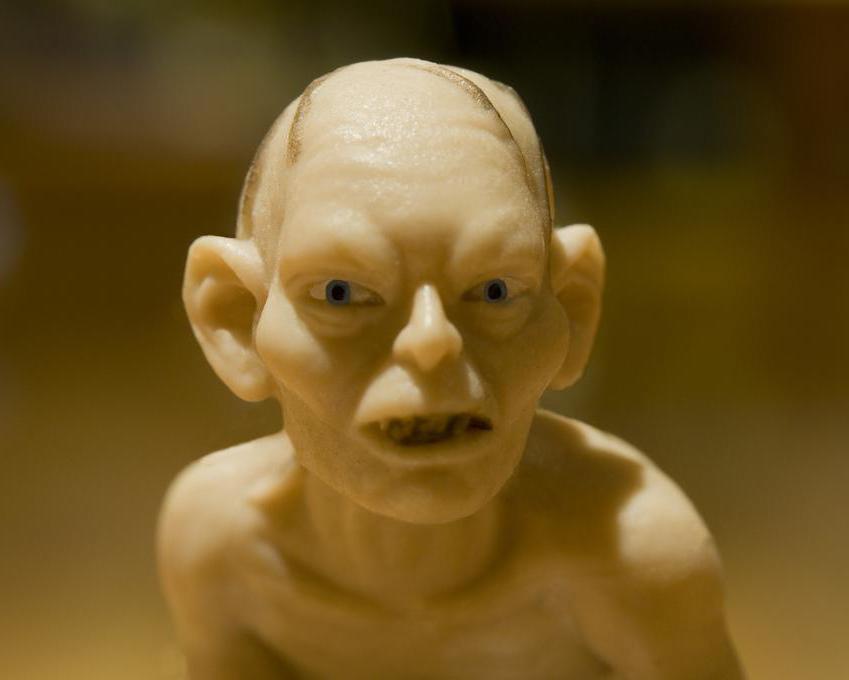At WiseGEEK, we're committed to delivering accurate, trustworthy information. Our expert-authored content is rigorously fact-checked and sourced from credible authorities. Discover how we uphold the highest standards in providing you with reliable knowledge.
How are Stop Action Films Made?
Stop action films, or stop motion films, can legitimately be called one of the first special effects techniques employed by filmmakers. In America, one pioneer of this form of filmmaking is Willis O’Brien, who first employed the technique in the 1925 film The Lost World to bring dinosaurs to life for a delighted audience. He later went on to direct King Kong in 1933, using the stop action films process to animate the enormous ape that wreaks havoc on New York City.
Stop motion films work by taking pictures with a moving camera, one frame at a time. Each camera in early films rolled about 24 frames per second. So stop action films would take frames of a non-real object, like a dinosaur or the mighty Kong, and make minute movements in between each frame. When the film was played back, it resulted in the illusion that the inanimate object was actually moving, and interacting with other characters.

Processes to make stop motion films were generally laborious, since to preserve a realistic sense of movement, movements of inanimate characters between frames were extremely tiny. Usually, such special effects were employed for a short time during the film, with the rest of the film being made up of actors on the screen using regular filming. Stop motion sequences would then be spliced in to make the complete film.

Probably the best known stop action films practitioner of the 20th century was Ray Harryhausen, who further evolved this type of filmmaking in films like The Seven Voyages of Sinbad and Jason and the Argonauts. Harryhausen evolved a split screen process, called Dynamation, allowing stop motion characters to be on the screen at the same time actors were shown. This lent more realism to the stop action films style.

These early stop action films, however, often look quite fake and silly to the modern filmgoer. The movements of stop motion characters or monsters appear jerky and lack fluidity. Often spatial relationships between monsters and people were not well defined and monsters lacked the size differentiation that would have made them truly scary. Many filmmakers and film fans have an intense fondness for these early stop action films, however, which have inspired the special effects geniuses of the late 20th century, and today.
George Lucas slightly changed the stop motion form to a technique he called "go motion." The model is moved during clicks, but the results are blurred, resulting in a more realistic impression of movement. This was first tried in the 1981 film Dragonslayer. Stop motion films and go motion were shortly to be surpassed by computer animation, however. The release of the 1993 film Jurassic Park, which used mostly computer animation, emboldened directors to begin creating special effects through computer graphics, and these techniques only improved with time. One look at the Lord of the Rings series, in particular, the animation of Gollum, expresses the vast improvement of computer graphics and their realism.
Stop action films had primarily retreated to claymation, where they still held some popularity. By using clay models, meticulous treatment of not only the movements of the models but also of the facial expressions were early predecessors to the fantastic work by Nick Parks, who developed the very popular Wallace and Gromit series. With computer animation of so many films, particularly by Pixar and its imitators, it was surprising to see the Academy Awards honor Parks' Wallace and Gromit and The Curse of the Were-Rabbit in 2006 instead of the many offerings of computer animation films. It is clear that lovers of the stop action film techniques remain.
Well-known director Tim Burton has used the stop motion films technique in two quite popular films, The Nightmare before Christmas and Corpse Bride. Such work and the work of Parks, continue to develop stop action films techniques, so that now movements are quite smooth and fluid. These pieces are a moving tribute to early stop action films pioneers, and stand in defiance against computer graphics animation. They are history in motion and should be viewed by all film fans.
AS FEATURED ON:
AS FEATURED ON:













Discussion Comments
@Reminiscence, I think the modern stop action animators have figured out ways to speed the process along. They now film live actors performing the same moves in real time and duplicate the results with puppets or clay figures. They don't have to figure out how a gorilla would climb a building and knock down a plane, for instance. An actor does it for them, and they can move the puppet's body accordingly. It still takes a lot of time to produce a full length action movie, but the animators aren't losing much ground as they work.
I admire filmmakers who are willing to put themselves through the stop action process, but I have to wonder why anyone would continue to do it in an age of digital computers. Stop action films do have a pleasant nostalgic feel about them, but they involve a lot of man hours and can take years to complete. I'm not a complete fan of the Pixar-style computer animation technique, but at least the animators don't have to spend all day manipulating tiny puppets or pieces of clay.
Post your comments